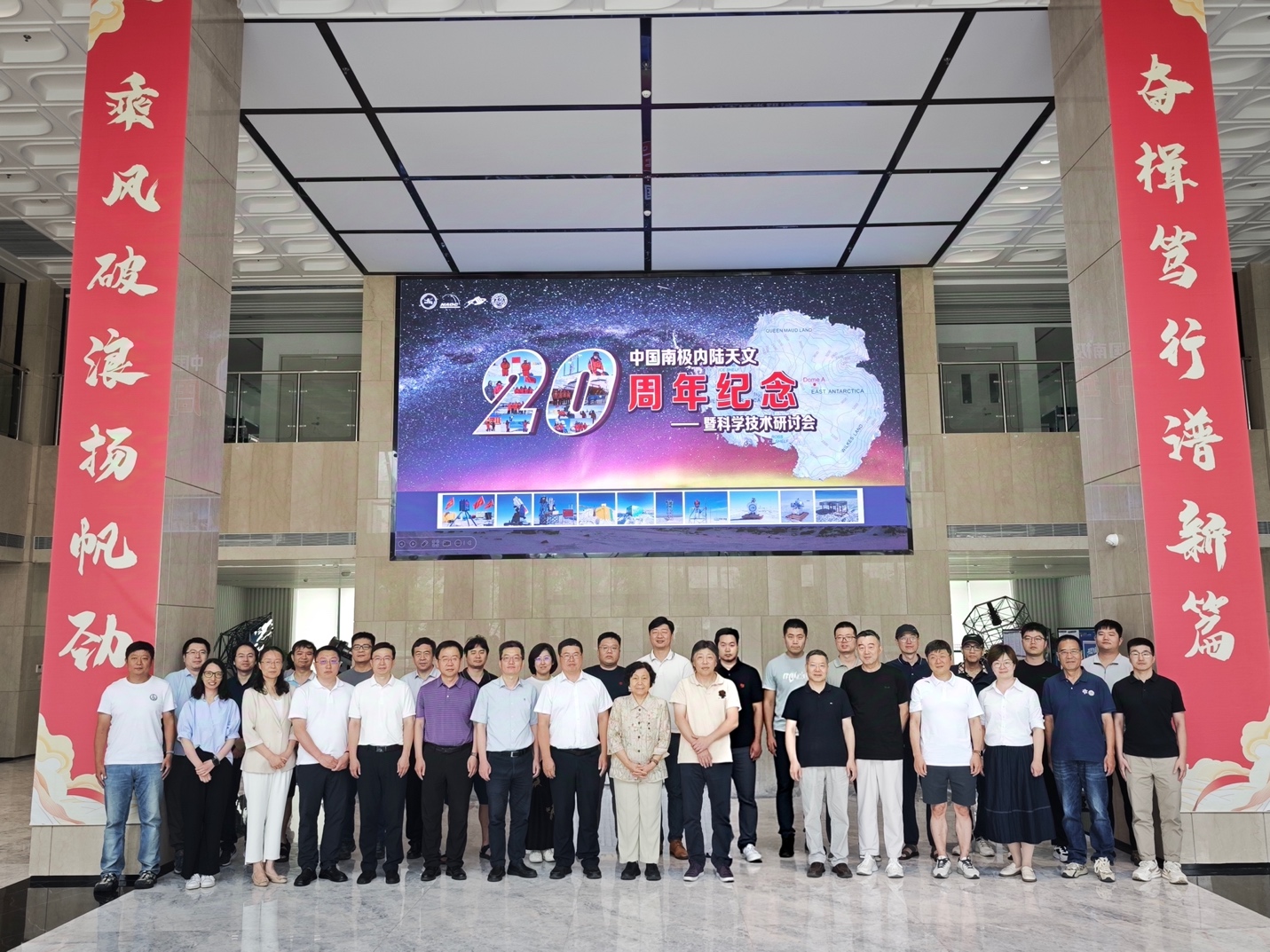The Antarctic Plateau possesses unique environmental characteristics and has been empirically verified through multi-year measurements as the world's premier ground-based astronomical observing site.
During the 2005 LAMOST Beijing Science Symposium, Academician Cui Xiangqun and other astronomers, upon learning of the Chinese Antarctic Expedition's historic first overland ascent to Dome A—the highest point of the Antarctic ice sheet—initiated a pioneering proposal that launched China's new era of inland Antarctic astronomical research and observations.
Over the subsequent two decades, China's Antarctic astronomy program has achieved internationally acclaimed research outcomes, including the operation of Antarctica's largest-aperture optical telescope at Dome A, comprehensive characterization of its exceptional observing conditions, and exploitation of its unique terahertz and mid-far infrared atmospheric windows.
Marking the 20th anniversary, the "Commemorative Symposium on Two Decades of Chinese Antarctic Astronomy and Technology" was held on July 27, 2025 at the Nanjing Institute of Astronomical Optics & Technology, CAS.
The event convened over 40 experts from prominent institutions including Purple Mountain Observatory, National Astronomical Observatories, Shanghai Astronomical Observatory, Polar Research Institute of China, Tsinghua University, Wuhan University, Sun Yat-sen University, and Shanghai Normal University.
Proceedings included retrospective analyses of Antarctic astronomy's development, with comprehensive reviews and forward-looking discussions on research stations, optical/IR astronomy, submillimeter astronomy, and site-testing advancements.
In-depth deliberations addressed strategic positioning, fundamental scientific challenges, extreme-environment technologies, and synergistic applications to propel disciplinary progress.
Two decades of Antarctic astronomical expeditions have constituted a groundbreaking chapter in China's polar research endeavors.
With the ongoing IPY5 planning phase, the community pledges consolidated efforts to refine scientific objectives, overcome technical challenges, and generate transformative achievements to advance China's Antarctic astronomy program.

Group photo of participants